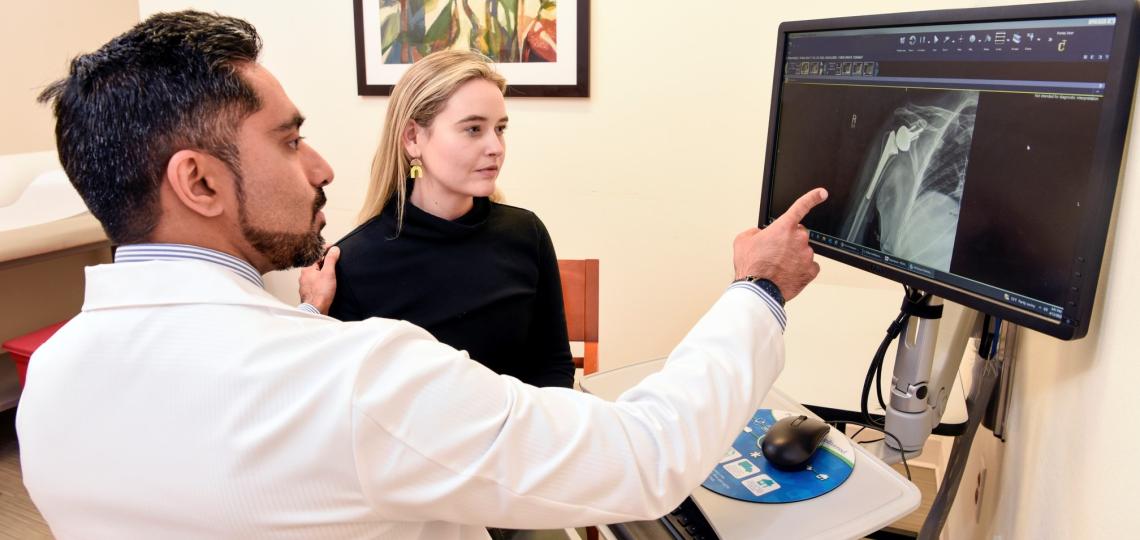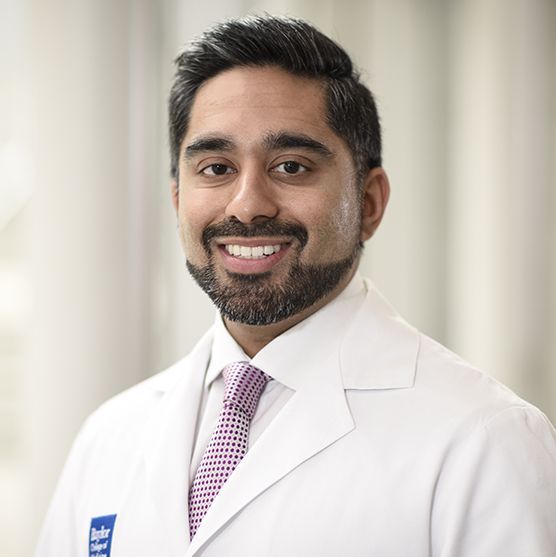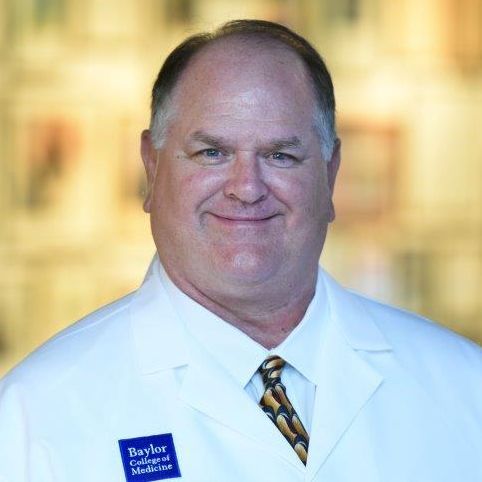
The shoulder is the most flexible joint in the human body. It allows you to place and rotate your arm in many positions in front, above, to the side, and behind your body. This flexibility also makes your shoulder susceptible to instability and injury.
Baylor Medicine is a leader in diagnostics, treatment and rehabilitation of shoulder and upper arm conditions and injuries. Our team is recognized internationally for its clinical experience and research in acute trauma, arthroscopy, sports medicine and arthritis as they relate to the shoulder.
Give Us a Call
Give us a call at 713-986-6016 between 8 a.m. and 5 p.m., Monday through Friday to book an appointment with one of our orthopedic specialists.
Request a callback
For non-urgent matters request an appointment with one of our orthopedic specialists using the online form.
How the Shoulder Works
The shoulder, like the hip, is a ball-and-socket joint. It is made up of three bones: the upper arm bone (humerus), the shoulder blade (scapula) and the collarbone (clavicle). The ball at the top end of the arm bone fits into the small socket of the shoulder blade to form the shoulder joint.
The socket of the shoulder joint is extremely shallow, making it unstable. To compensate for this shallow socket, the shoulder joint has a soft rim of cartilage (the labrum) that surrounds the socket to help make the head of the upper arm bone fit better and stabilize the joint.
Shoulder Injuries
Shoulder injuries are frequently caused by athletic activities that involve excessive, repetitive, overhead motion, such as swimming, tennis, pitching, and weightlifting. Injuries can also occur during day-to-day activities like washing walls, hanging curtains, and gardening.
Most problems in the shoulder involve the muscles, ligaments, and tendons, rather than the bones.
Some people have a tendency to ignore the pain and "play through" a shoulder injury, which aggravates the condition and may cause more problems. Patients may also underestimate the extent of their injury because steady pain, weakness in the arm, or limitation of joint motion can become second nature. Early, correct diagnosis and treatment of shoulder problems can make a significant difference in the long run.
Services
- Athletic injuries non-surgical and surgical treatment
- Corrective instability surgery
- Total joint replacement
- Hemi joint replacement
- Revision surgery
- Reconstructive surgery
- Tendon and ligament surgery
- Muscle, tendon, ligament injuries
- Fracture care non-surgical and surgical
- Biologics
- Injection therapy
- Physical therapy
- Durable medical equipment casting and fitting
- Onsite imaging and testing











